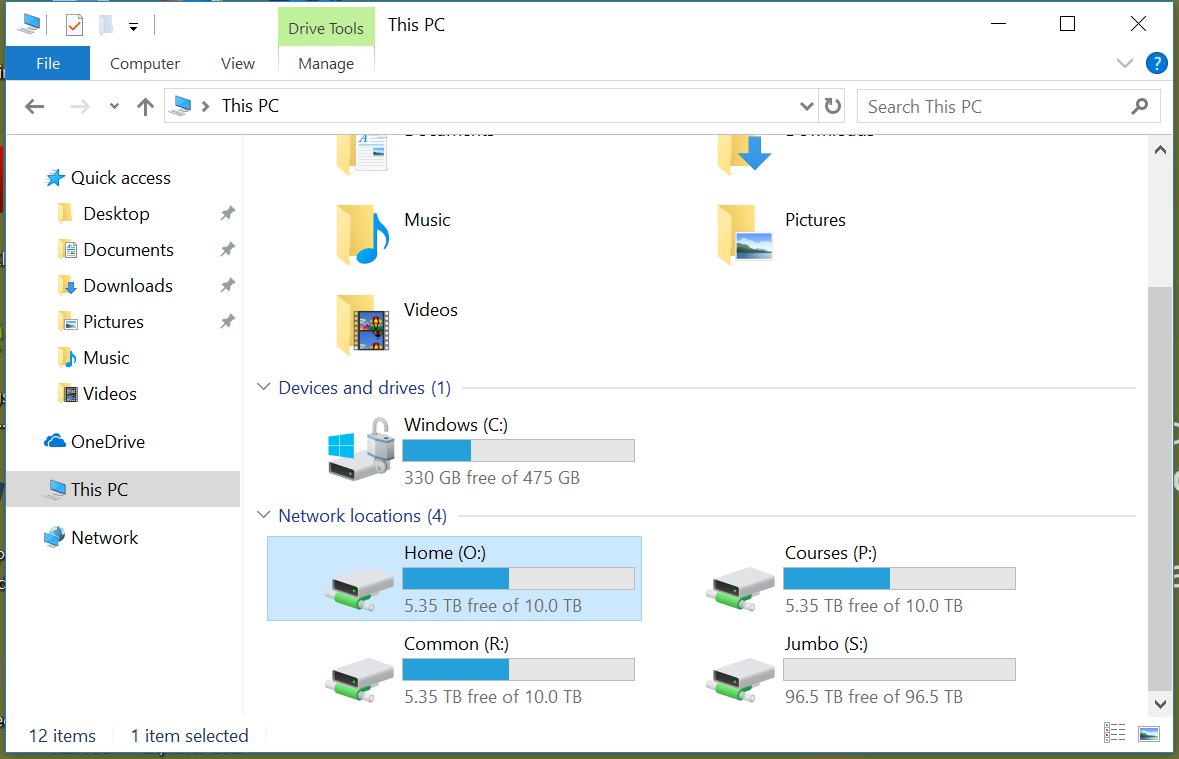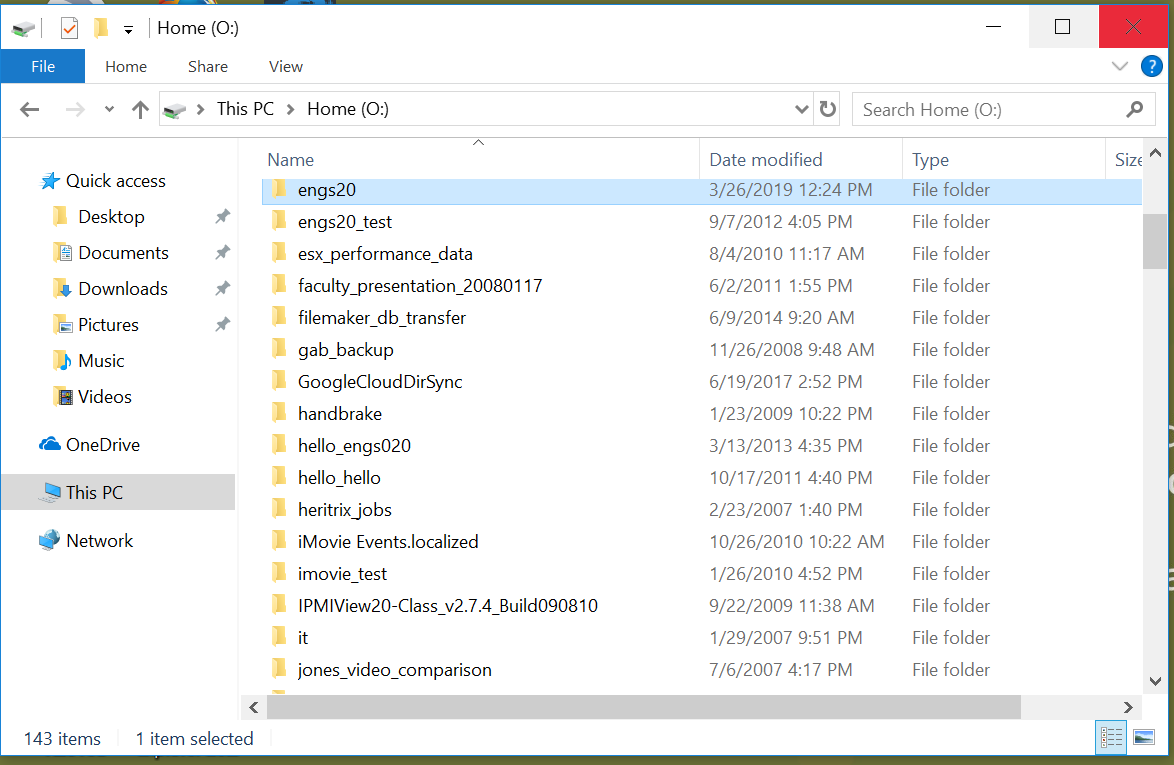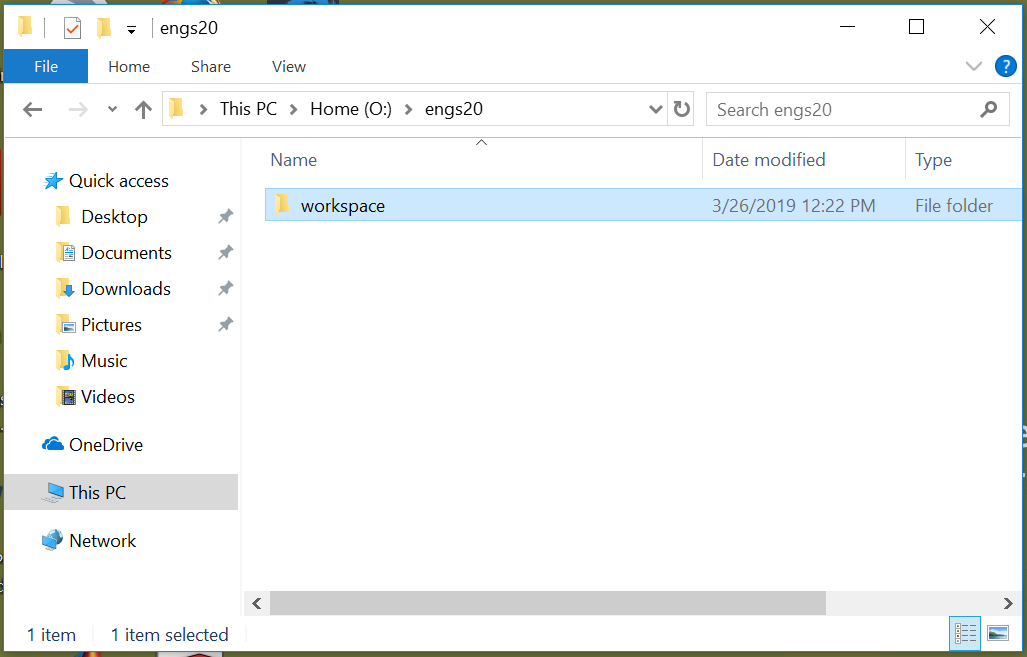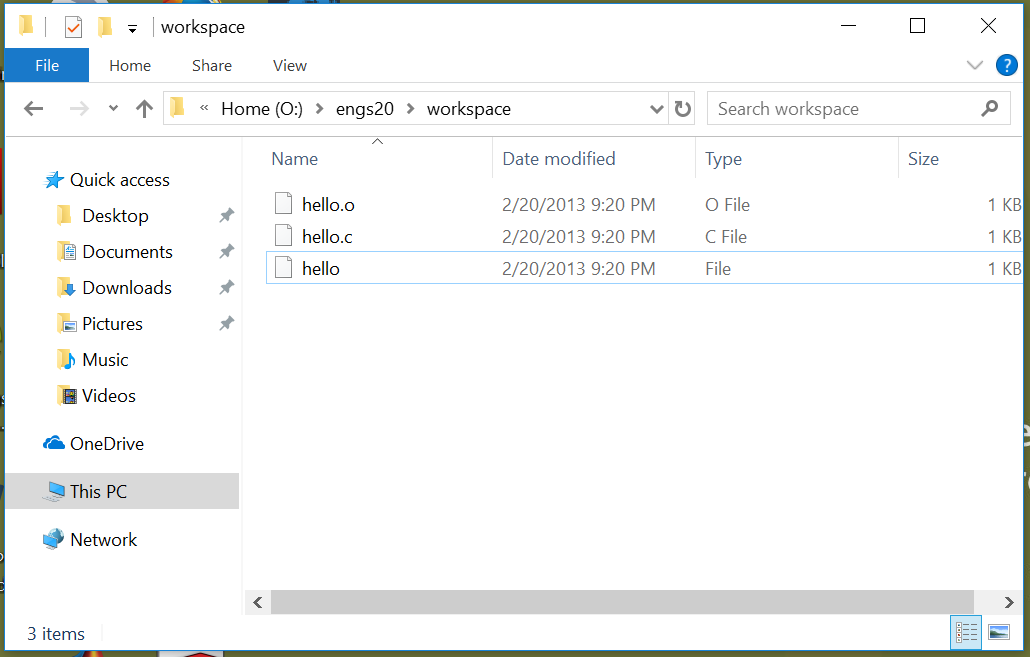Section 14.2 Introduction to Linux
Linux is an operating system. Here are some quick facts about Linux:
-
Linux was developed by Linus Torvalds who was at the time a student at the University of Helsinki in Finland. Torvalds’ M.Sc. thesis was titled Linux: A Portable Operating System.
-
The prototype for Linux was released in 1991, when Torvalds was 21 years old, with version 1.0 following in 1994. What Torvalds had in mind with this operating system is encapsulated well in his prototype announcement: "Hello everybody out there using minix - I’m doing a (free) operating system (just a hobby, won’t be big and professional like gnu) for 386(486) AT clones. (...) I’ll get something practical within a few months, and I’d like to know what features most people would want. Any suggestions are welcome, but I won’t promise I’ll implement them :-) Linus (torvalds@kruuna.helsinki.fi)"
-
While a server-based operating system (namely Unix) already existed at the time, Unix is expensive proprietary software that at the time only ran on special expensive hardware. Torwalds’ goal was to create a free, Unix-like operating system that can run on PC hardware.
-
To this day, Linux is distributed under a license prohibiting commercial distribution.
-
By now, Linux has been ported to more computer hardware platforms than any other operating system (servers, mainframe computers, supercomputers, desktop computers, Chrome OS, also runs on embedded systems including smartphones and tablet computers running Android, DVR devices, network routers, TVs, video game consoles, smartwatches.)
One thing that will be a bit unfamiliar and take getting used to is the fact that graphical user interfaces did not yet exist when Linux was invented. A computer mouse was not a thing yet either. As such, rather than double clicking on a folder in order to advance into the folder, you’d issue a command with with your keyboard into a so-called terminal window whose purpose it is to interpret the commands you type.
Despite the fact that by now, graphical user interfaces do exist for Linux, it’ll be beneficial for us to learn about the typed commands. To make things a bit easier we’ll explore such commands both in the graphical user interface as well as in the terminal window.
Thus, to help you get acquainted with Linux we’ll follow along some of the commands using a file browser. For this purpose, please navigate to your workspace folder inside your
engs20 folder on Thayer Shares.
In case you don’t know how to get there, the next two subsections include detailed instructions for how to do so on a PC or Mac:
Subsection 14.2.1 Navigating to your Workspace Folder on a PC
- Connect to your Home folder on Thayer Shares:

- Then, navigate to your workspace directory (engs20 \(\rightarrow\) workspace):


- You should now see the
hello.cprogram you created earlier:
Subsection 14.2.2 Navigating to your Workspace Folder on a Mac
- Connect to your Home folder on Thayer Shares:


- Then, navigate to your workspace directory (engs20 \(\rightarrow\) workspace):


- You should now see the
hello.cprogram you created earlier:

